Our Treatments
Treatments
Sed erat libero, porta sed quam sed, vulputate tincidunt tortor.

Lupus
Lupus is a disease that occurs when your body’s immune system attacks your own tissues and organs (autoimmune disease). Inflammation caused by lupus can affect many different body systems — including your joints, skin, kidneys, blood cells, brain, heart and lungs. Lupus can be difficult to diagnose because its signs and symptoms often mimic those of other ailments. The most distinctive sign of lupus — a facial rash that resembles the wings of a butterfly unfolding across both cheeks — occurs in many but not all cases of lupus.
Vasculitis
Vasculitis involves inflammation of the blood vessels. The inflammation can cause the walls of the blood vessels to thicken, which reduces the width of the passageway through the vessel. If blood flow is restricted, it can result in organ and tissue damage. There are many types of vasculitis, and most of them are rare. Vasculitis might affect just one organ, or several. The condition can be short term or long lasting. Vasculitis can affect anyone, though some types are more common among certain age groups.
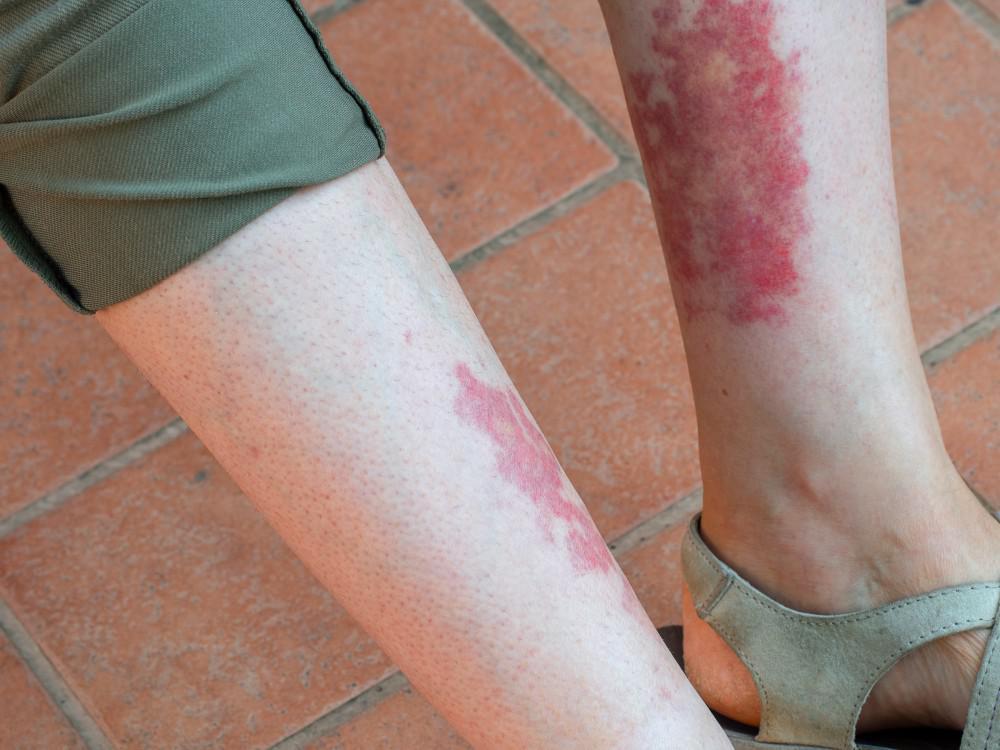

Spondyloarthritis
Spondyloarthritis (or spondyloarthropathy) is the name for a family of inflammatory rheumatic diseases that cause arthritis. It differs from other types of arthritis, because it involves the sites are where ligaments and tendons attach to bones called “entheses.” Symptoms present in two main ways. The first is inflammation causing pain and stiffness, most often of the spine. Some forms can affect the hands and feet or arms and legs. The second type is bone destruction causing deformities of the spine and poor function of the shoulders and hips.
Rheumatoid Arthritis
Rheumatoid arthritis is a type of arthritis where your immune system attacks the tissue lining the joints on both sides of your body. It may affect other parts of your body too. The exact cause is unknown. Treatment options include lifestyle changes, physical therapy, occupational therapy, nutritional therapy, medication and surgery. It occurs in the joints on both sides of your body, which makes it different from other types of arthritis. You may have symptoms of pain and inflammation in your Fingers, Hands. Wrists, Knees, Ankles. Feet and Toes.
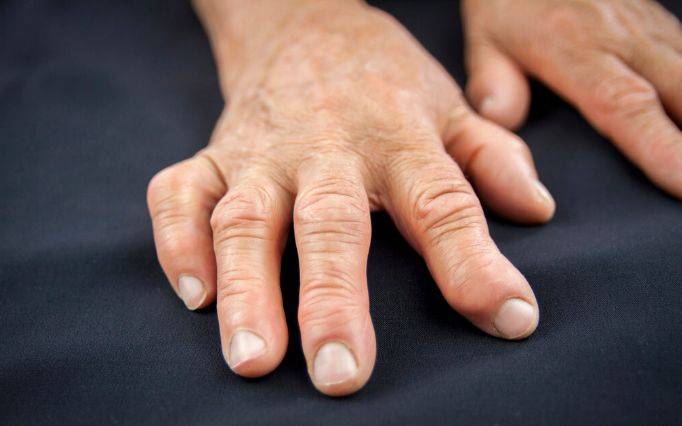
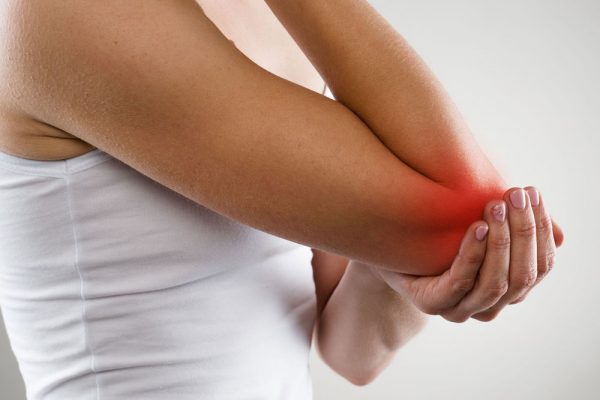
Soft Tissue Rheumatism
Soft tissue rheumatism is one of the most common and most misunderstood categories of disorders facing the primary care physician. Among the more common types are subacromial bursitis, epicondylitis, trochanteric bursitis, anserine bursitis, and fibromyalgia. The keys to the diagnosis of soft-tissue rheumatism are the history and, more importantly, the physical examination. Extensive laboratory testing and radiographs are not as helpful in evaluating patients with these complaints. Treatment consists of nonsteroidal anti-inflammatory drugs (NSAIDs) and nonnarcotic analgesics.
Juvenile Arthritis Osteoarthritis
Juvenile arthritis (JA), also known as pediatric rheumatic disease, isn’t a specific disease. It’s an umbrella term to describe the inflammatory and rheumatic diseases that develop in children under the age of 16. Most kinds of JA are autoimmune or autoinflammatory diseases. That means the immune system, which is supposed to fight against foreign invaders like viruses and germs, gets confused and releases inflammatory chemicals that attack healthy cells and tissue. In most JA cases this causes joint inflammation, swelling, pain and tenderness, but some types of JA have few or no joint symptoms or only affect the skin and internal organs.
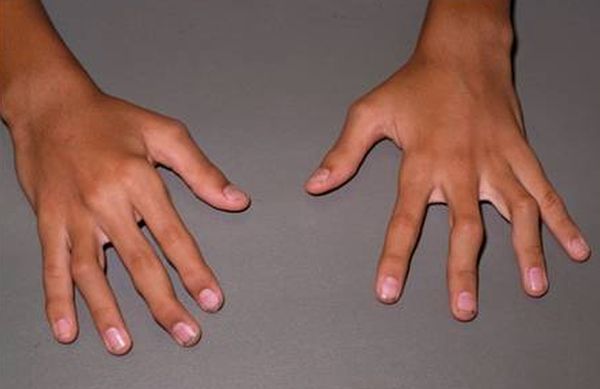
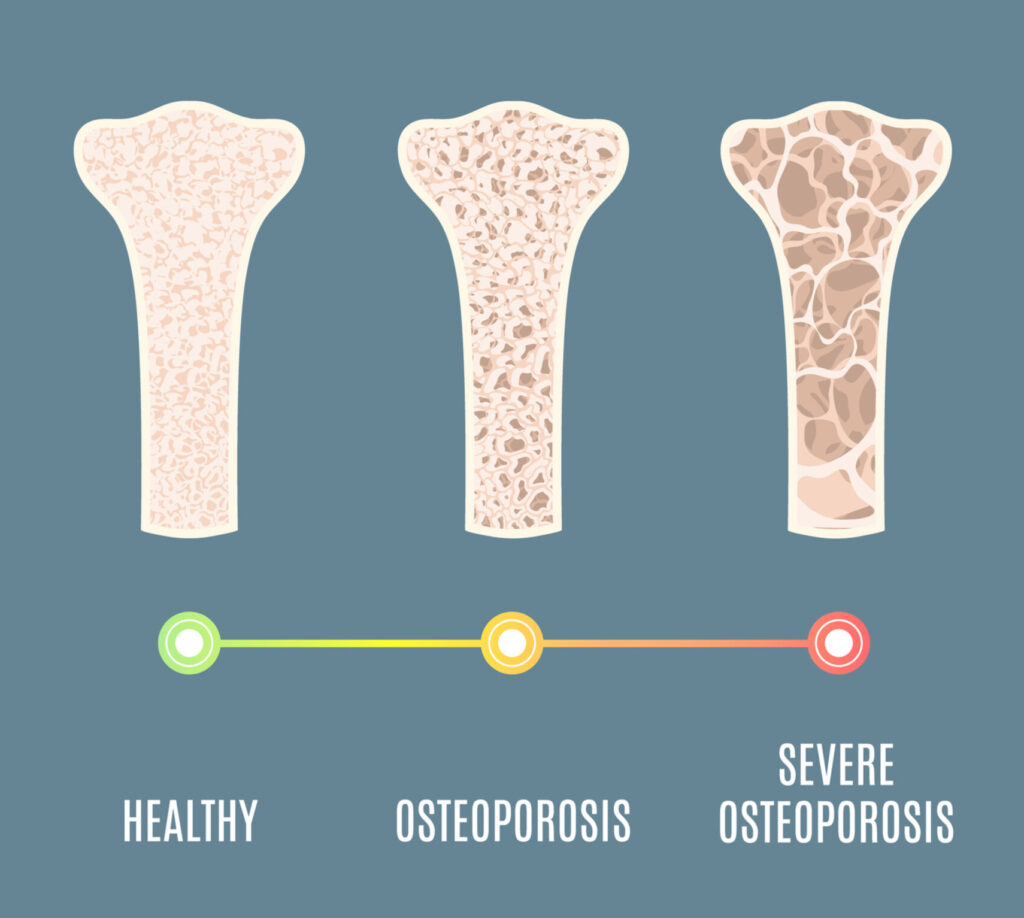
Osteoporosis
Osteoporosis is a bone disease that develops when bone mineral density and bone mass decreases, or when the quality or structure of bone changes. This can lead to a decrease in bone strength that can increase the risk of fractures (broken bones). Osteoporosis is a “silent” disease because you typically do not have symptoms, and you may not even know you have the disease until you break a bone. Osteoporosis is the major cause of fractures in postmenopausal women and in older men. Fractures can occur in any bone but happen most often in bones of the hip, vertebrae in the spine, and wrist.
Fibromyalgia
Fibromyalgia is a disorder characterized by widespread musculoskeletal pain accompanied by fatigue, sleep, memory and mood issues. Researchers believe that fibromyalgia amplifies painful sensations by affecting the way your brain and spinal cord process painful and non painful signals. Symptoms often begin after an event, such as physical trauma, surgery, infection or significant psychological stress. In other cases, symptoms gradually accumulate over time with no single triggering event.
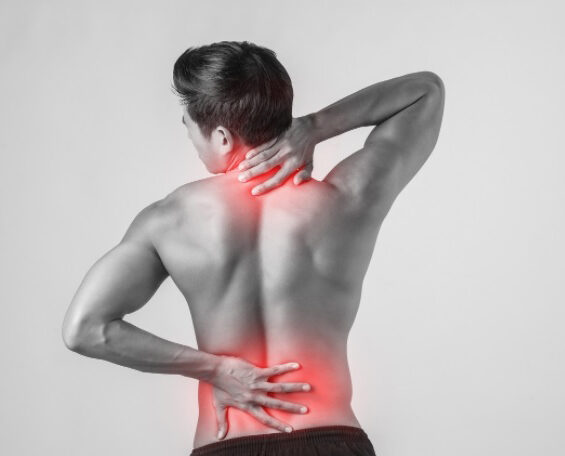
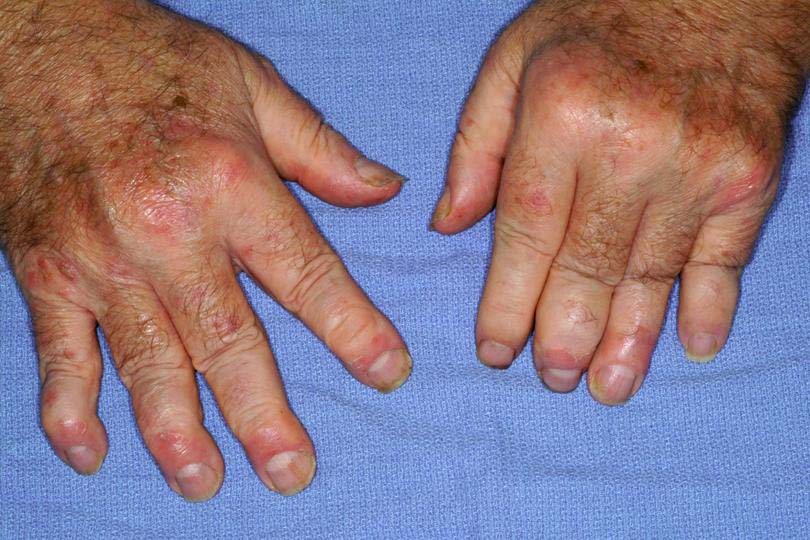
Psoriasis Arthritis
Psoriatic arthritis (PsA) is a form of inflammatory arthritis. Psoriasis is a skin disease that causes a red, scaly rash, most often on your elbows, knees, ankles, feet, and hands. Psoriatic arthritis is an autoimmune condition. It happens when your body’s immune system attacks healthy tissue by mistake. PsA most often affects your skin and your joints, which can become swollen, stiff, and painful. Over time, if you don’t treat it, the inflammation can damage joints and tissues.
Gouty Arthritis
Gouty Arthritis is an ancient disease associated with deposits of uric acid, especially in the joints and kidneys. It can be extremely painful and incapacitating, but is extremely treatable in almost all patients. It is most common in the big toe, and is also common in the midfoot, ankle, and knee. It’s important to identify and treat it early to avoid pain and complications. Gout is a common disease. The prevalence of gout has increased in both older and younger people. The increase in younger people is not explained, but the increase in older people, at least in part, relates to increased life span, increased weight (obesity is associated with gout) and increased use of diuretics.

